It’s not an exaggeration to say that the external environment can often be as challenging as the load a hinge carries. With every swing or rotation, these pivotal components interact with more than just the connected machinery.
Weather and environmental factors, including temperature fluctuations, moisture, UV radiation, and airborne contaminants, significantly influence hinge performance. These elements can cause issues like expansion and contraction, rusting, lubricant degradation, and increased wear and friction in hinges. Proper awareness of these factors, combined with suitable hinge material choice, lubrication, and installation, can mitigate the risks and extend hinge longevity.
Read on and I’ll give you more details on how each of these factors affects hinge performance.
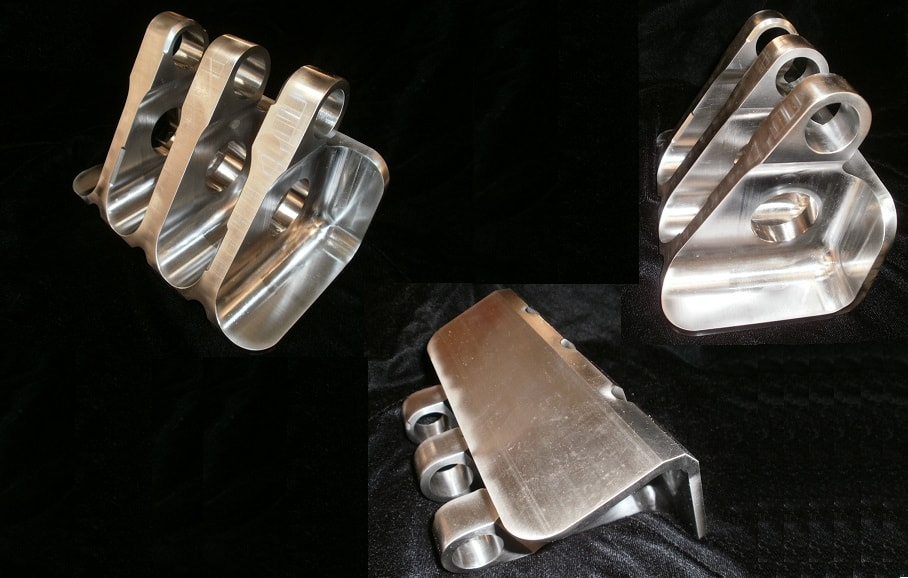
How Does Temperature Variation Influence Hinges?
Temperature fluctuations are more than just numbers on a thermometer. For a hinge, these numbers translate into expansions and contractions, based on the material’s coefficient of thermal expansion.
Metallic hinges, owing to their constitution, expand with rising temperatures and contract when it gets cold. Continuous cycles of such change can, over time, alter the hinge’s fit, leading to performance degradation. On the extreme end of the cold spectrum, certain metals could turn brittle, increasing the risk of breakage during operations.
What Role Does Moisture Play in Hinge Health?
Water, though life-giving, can be the bane for metallic components, hinges included. Especially if the metal in question has iron, moisture can kickstart the rusting process, cutting down the hinge’s operational life.
But it’s not just about rust. A moist environment could lead to other corrosive phenomena, especially if the moisture is laden with other reactive agents. Moreover, constant exposure without adequate drying periods could lead to the lubricants being washed away, increasing wear due to heightened friction.
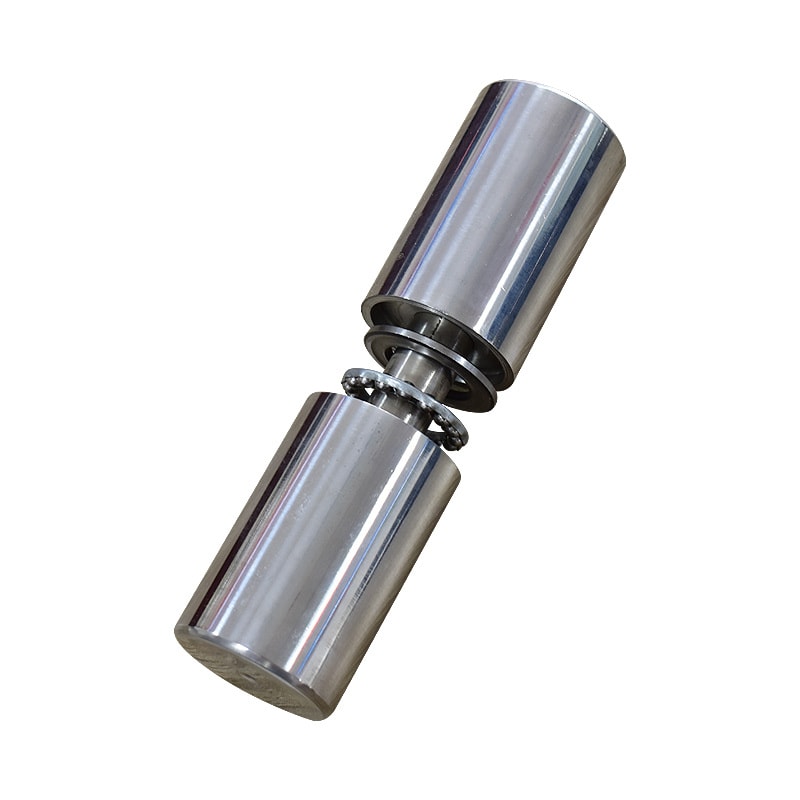
Can Airborne Contaminants Affect Hinge Performance?
Industrial environments can sometimes be laden with airborne contaminants. These could range from abrasive dust particles to chemical vapors. When such contaminants interact with a hinge, the results can be detrimental.
Accumulation of these particles or exposure to chemicals might lead to faster wear, corrosion, or other chemical reactions that degrade the hinge material. It’s not just surface interactions; these contaminants can penetrate the hinge’s internals, affecting its smooth operation.
What About the Sun’s UV Radiation?
UV radiation, though not a concern for the metal, can impact the other components of a hinge. Lubricants and certain protective coatings, for instance, could degrade upon prolonged exposure.
The sun’s relentless rays can break down these protective and functional layers, leaving the hinge exposed to other environmental challenges. This could potentially mean faster wear, increased friction, or vulnerability to other environmental factors.
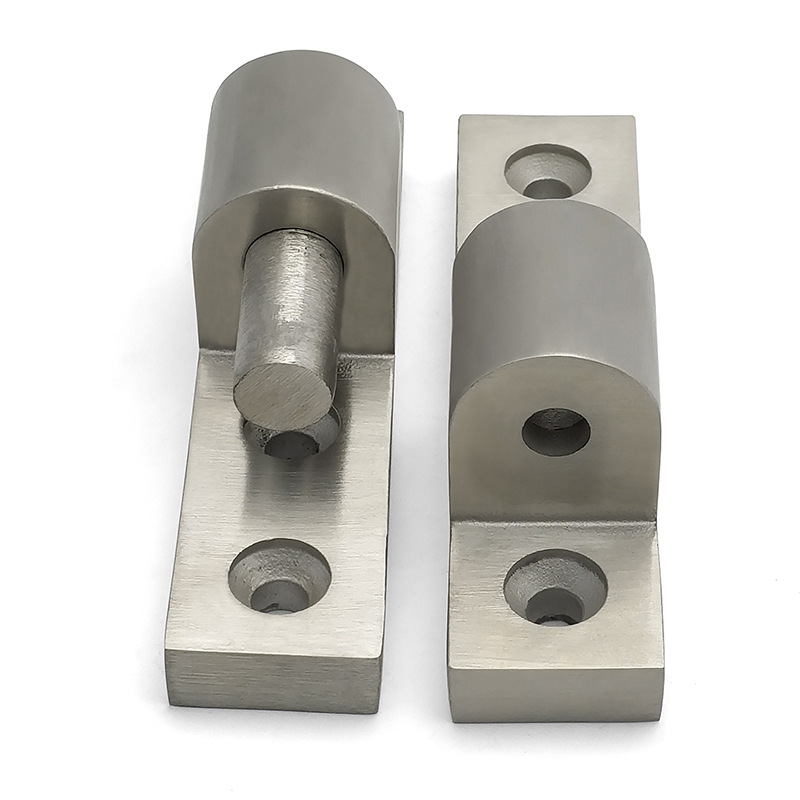
Chemical Exposure: A Hidden Threat?
Industries often deal with chemicals – some in the air, others as part of processes. Hinges in such environments might inadvertently get exposed. Certain chemicals can induce reactions in the hinge’s material, leading to issues like corrosion, structural weakness, or discoloration.
It’s essential to be aware of a hinge’s operational environment. Using hinges made of materials that are resilient against specific chemicals can go a long way in preserving their performance.
Dust and Debris: Small Yet Significant
Dust, though minute, can be an abrasive adversary for hinges. When these tiny particles embed within hinge joints, they act as miniature grinding stones, enhancing friction and causing wear.
This friction, especially if persistent, can shorten a hinge’s life expectancy. In extreme cases, consistent friction can cause a hinge to seize up, rendering it non-operational.
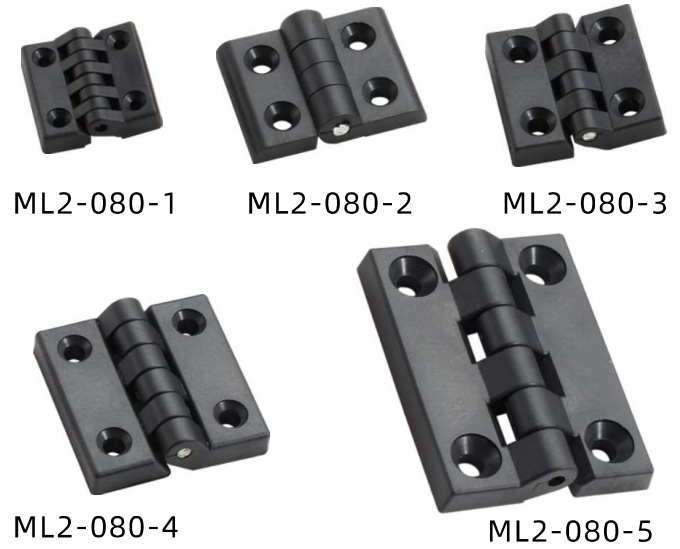
Lubrication in the Face of Environmental Challenges
Lubrication, while a general maintenance activity, needs specificity in challenging environments. The type of lubricant, its viscosity, and its resilience to environmental factors can decide how well a hinge performs.
For instance, moisture-rich settings might demand water-resistant lubricants, while dusty environments would benefit from lubricants that don’t attract particles. The right lubrication choice ensures operational smoothness, even when the environment isn’t cooperative.
Altitude and Pressure: Niche Yet Noteworthy
Altitude and pressure, though not everyday concerns, become significant in specialized applications. Changes in either can influence the air density around the hinge and its lubrication properties.
It’s essential, especially in such niche applications, to ensure that the hinge is designed considering these factors. A hinge performing optimally at sea level might not do as well on a mountain or in a deep-sea application.
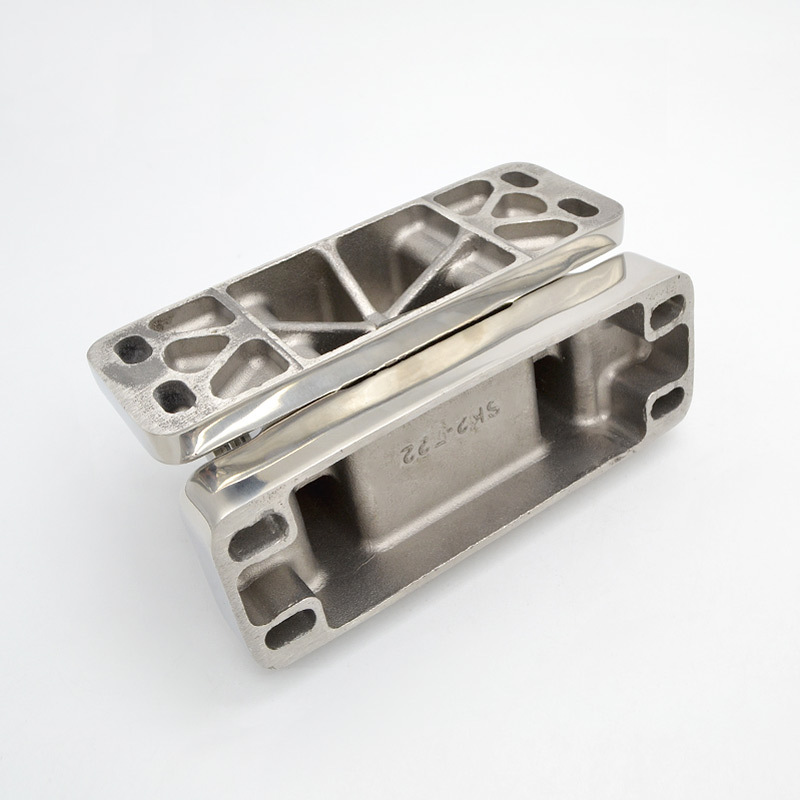
Installation: The First Line of Defense
A hinge’s installation can decide its exposure level to environmental stressors. Even an excellently designed hinge, when poorly installed, can face undue environmental challenges.
Proper installation ensures that the hinge is adequately shielded from or aligned to face the challenges of its operational environment. Whether it’s about protecting it from direct rain or ensuring it doesn’t accumulate dust, installation plays a crucial role.
Conclusion
In the dance of mechanical components, hinges might seem like mere supporting acts, but their performance is crucial for the entire system’s symphony. Recognizing and mitigating environmental challenges can ensure that these components deliver a stellar performance throughout their operational lives.
For those in pursuit of industry-leading hinges, IHINGES emerges as the go-to manufacturer. Our commitment to quality, paired with competitive pricing, ensures that you get the best value. Tailoring hinges to fit your equipment needs is our specialty. Contact us for an unparalleled hinge experience.
You might also be interested:







